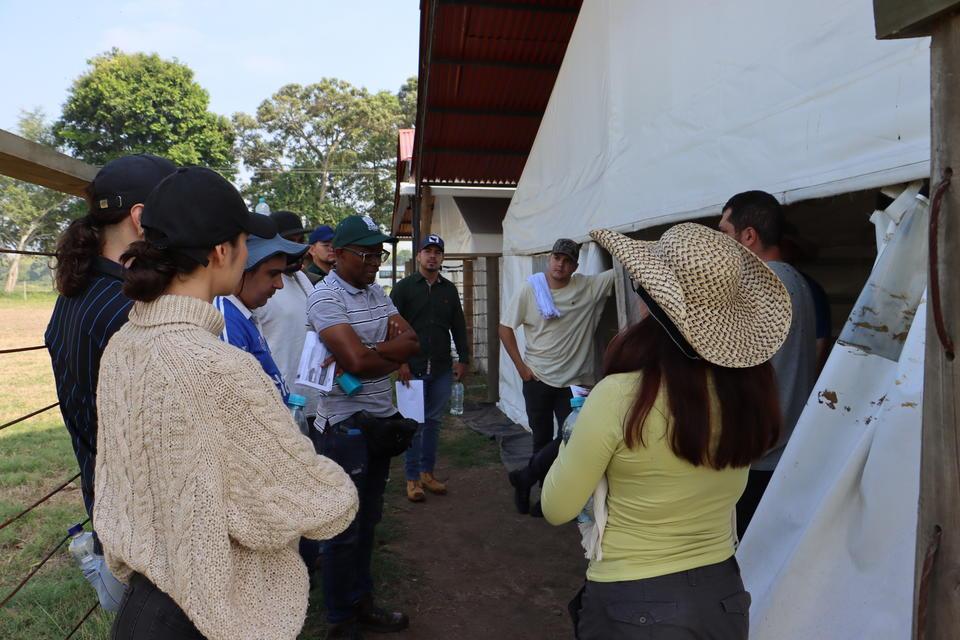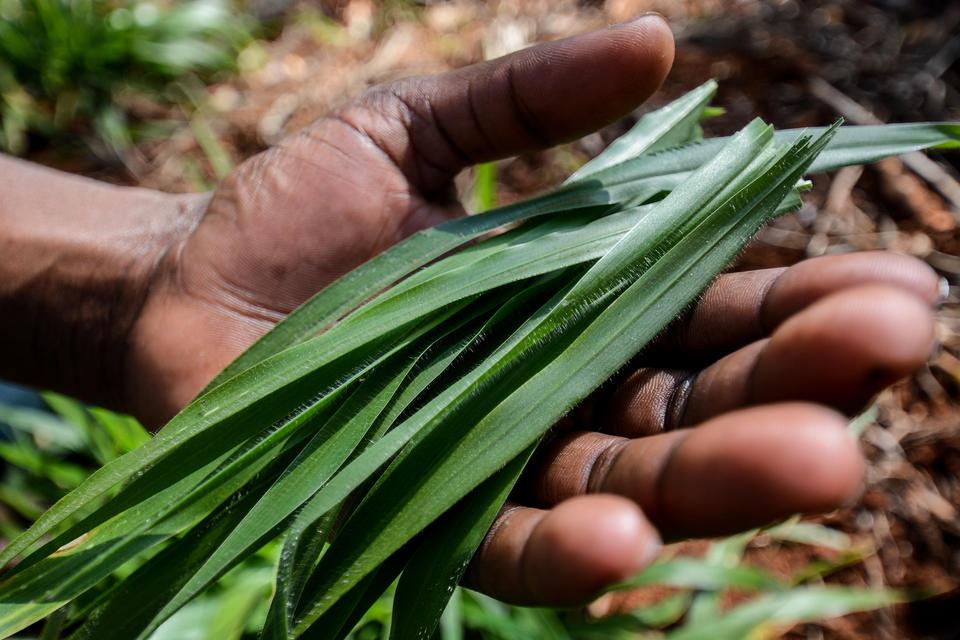Blog Methane is a big deal for climate change, but forages can help us reduce emissions
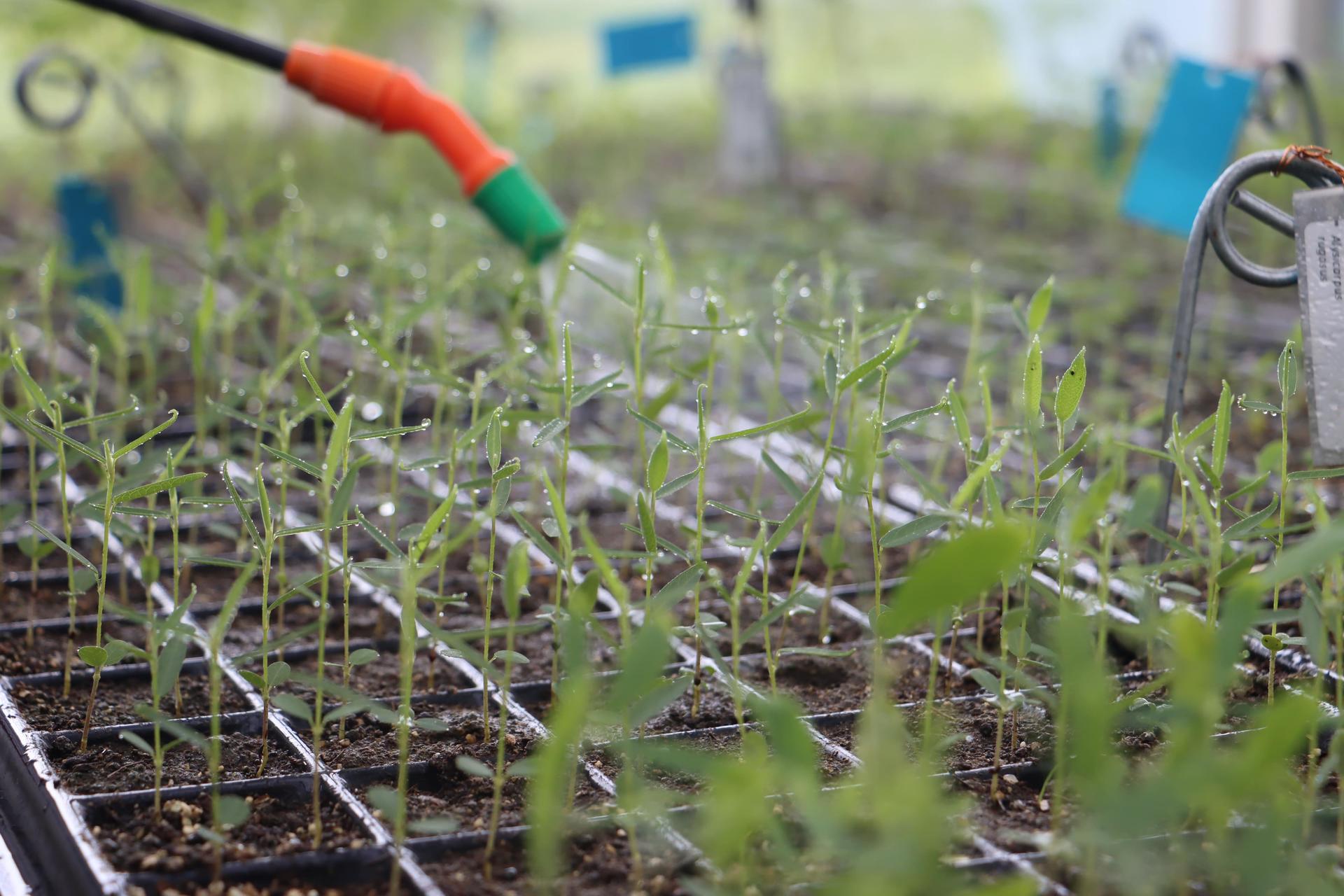
An innovative project partnership led by three CGIAR Centers and their Genebanks aims to discover, develop and deploy low-methane forages in the Global South. The project seeks to mitigate climate change while ensuring food and nutrition security and livelihoods of millions of farmers, by screening thousands of forage accessions for natural compounds that can reduce methane emissions when fed to animals.
Methane (CH4) is an often-overlooked greenhouse gas (GHG) that is much more powerful than carbon dioxide (CO2) at trapping heat. Methane is 86 times more potent than CO2 over 20 years, and 28 times more potent over 100 years. It is responsible for 30% of global warming. What’s more, although CH4 is a short-lived GHG, increasing emissions could make global warming even worse.
This greenhouse gas is a big deal for climate change scientists, especially for agriculture, as 42% of methane emissions come from this sector. More than a third of this comes from enteric fermentation, a biological process that allows ruminant animals to convert forages into energy for production. Unfortunately, this also releases methane from their digestive tracts. Now imagine 1 billion ruminants burping at the same time.
Does that mean we should just stop all livestock production? Before giving a quick answer, consider that it is the main source of income and employment for more than 500 million farmers worldwide, and especially in the Global South. Beyond economics, the protein and micronutrients that come from animal-sourced foods are vital for millions of vulnerable people, including children and pregnant women. Animal-sourced foods are also more affordable and available than most of the micronutrient supplements such as biofortification and alternative proteins, given the global need to produce more food and meat to meet the nutritional needs of a growing population by 2050.

Can something be done? Of course it can! An innovative research and development project has recently been launched: Making the most of Low-Methane Forages. Researchers are screening a collection of 70,000 forage accessions that are safeguarded by three CGIAR Genebanks located around the world. These accessions belong to around 3,000 species collected over 50 years, and some of them not only have helped farmers to withstand adverse climatic conditions but may also hold the key to reducing methane emissions from livestock. How? Through natural compounds known as secondary metabolites with anti-methanogenic activity (AMC). Forages high in AMC can reduce methane emissions from livestock.
This project, led by the Alliance of Bioversity International and CIAT (Alliance), together with the CGIAR Centers and Genebanks of the International Livestock Research Institute (ILRI) in Ethiopia and the International Center for Agricultural Research in the Dry Areas (ICARDA) in Lebanon, aims to identify the best bets of low-methane forages – enhance their emissions reduction potential through breeding and/or gene editing and deploy them in livestock production systems in the Global South. Incorporating these forages into production systems could have an impact equivalent to taking 7 million internal combustion engine cars off the road each year.
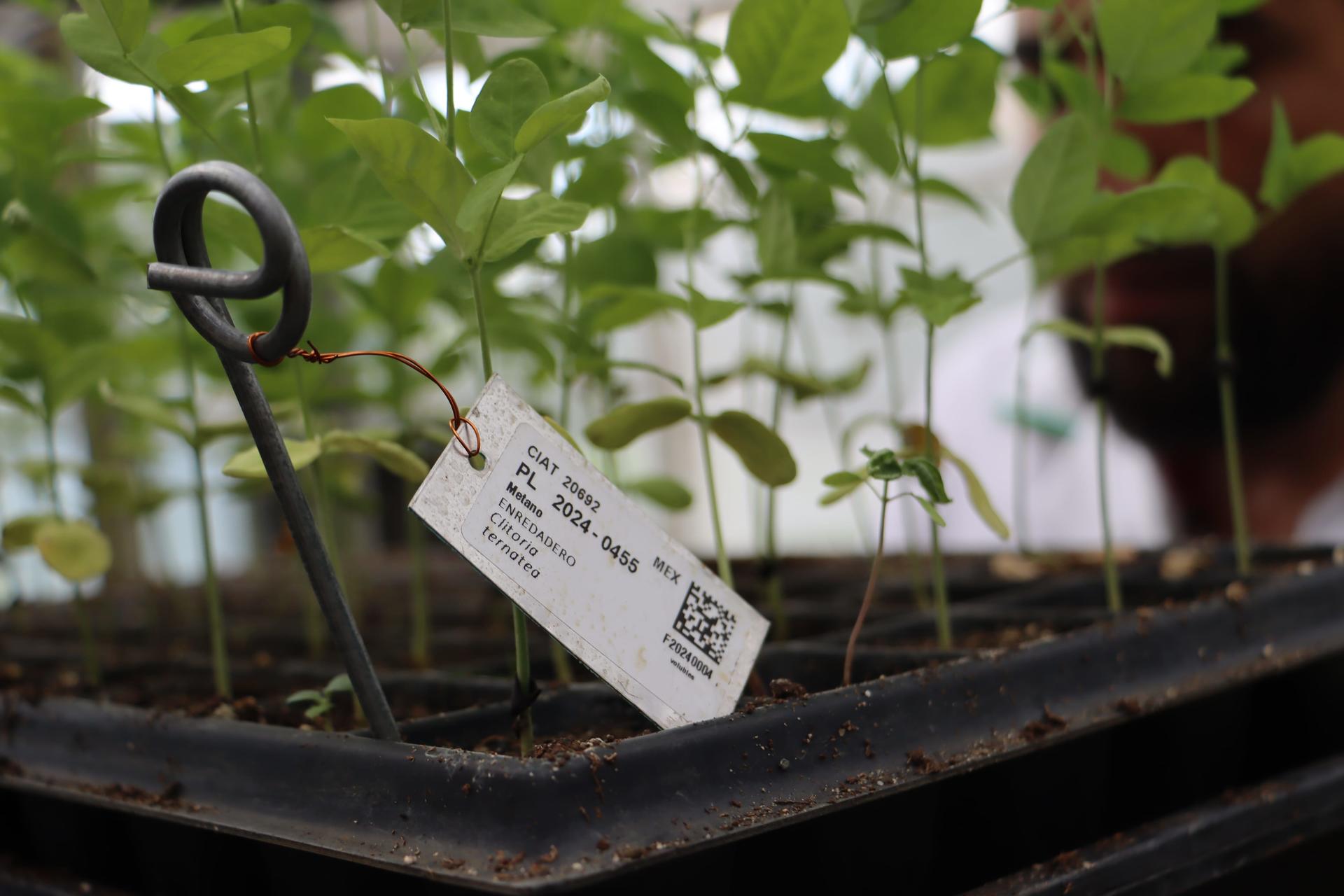
“The project aims to achieve a 1.5% reduction in enteric methane emissions from livestock farming globally, which represents 2.5% of the Global Methane Pledge by 2030. This can be achieved while simultaneously improving the food security and the livelihoods of farmers across the Global South,” said Jacobo Arango, senior scientist with the Alliance’s Tropical Forages Program and Principal Investigator of the project.
“Feed is a major challenge to improving livestock productivity in Africa. Finding the right forage species that reduce methane emissions while helping farmers improve productivity and adapt to a changing climate is critical. This project provides an excellent opportunity to harness the wealth of genetic diversity held in our forage Genebank at ILRI and the CGIAR for the benefit of Africa as whole,” said Appolinaire Djikeng, Director General of ILRI and Acting Managing Director of Resilient Agri-food systems Science Group of CGIAR.
The collective size and genetic diversity of the forage collections of the three CGIAR Genebanks makes low-methane forage deployment possible. They include many wild relatives with promising traits that can be transformed into highly productive feedstocks that also reduce methane emissions. The leading research institutions in this project are advised by the Global Methane Hub, in partnership with the Bezos Earth Fund and the Bill & Melinda Gates Foundation.
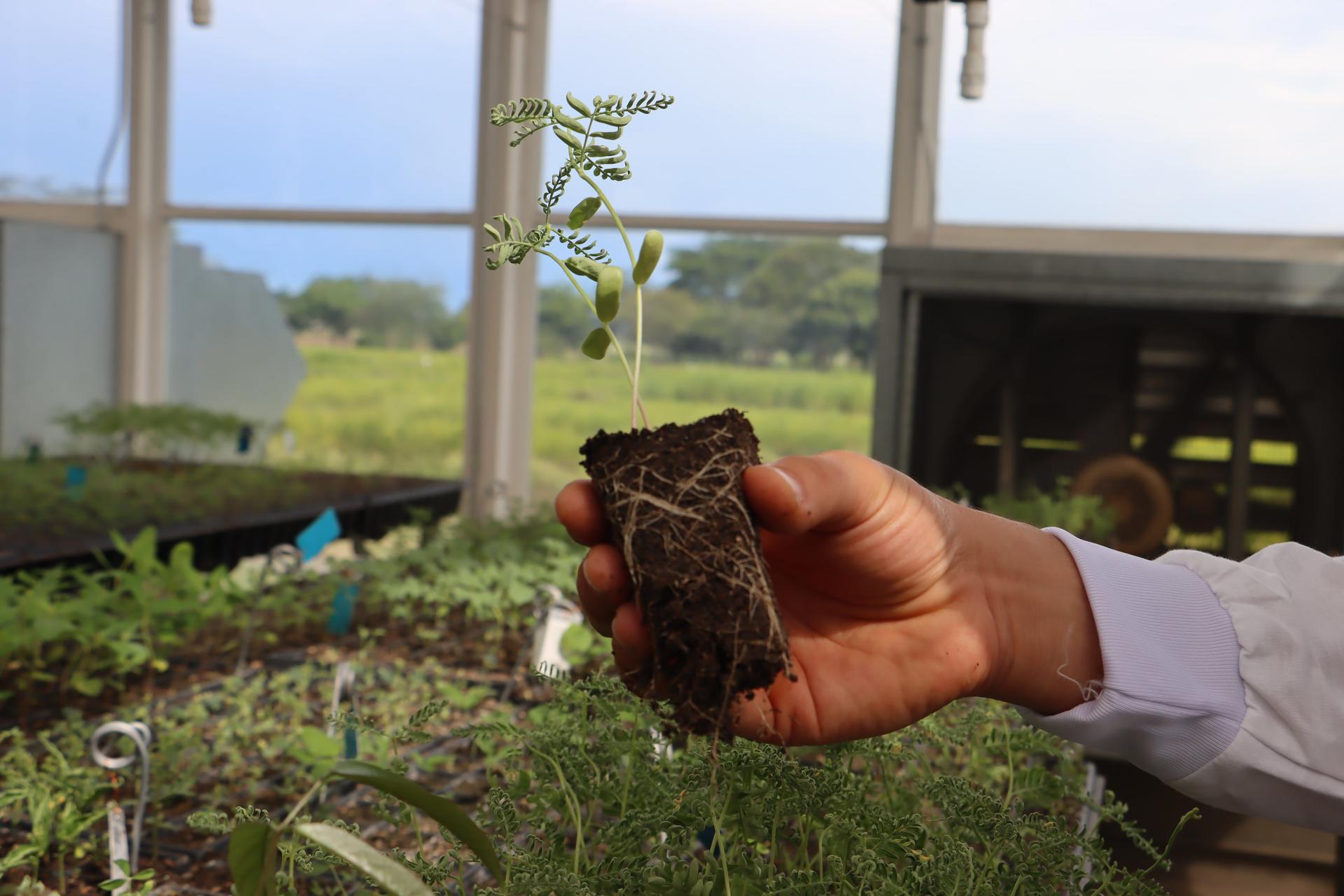
“This project is a critical component of a global strategy that the Global Methane Hub and partners are developing through the Enteric Fermentation R+D Accelerator, where we seek to accelerate the development of mitigation solutions across multiple fronts, including feed and forage, additives, breeding and vaccines,” said Hayden Montgomery, Program Director Agriculture, Global Methane Hub.
The Earth Fund and the Gates Foundation have provided funding for the next five years to support this project, which brings together more than 40 of the world’s top forage scientists & advisors, with a commitment to make the most of the rich agricultural diversity of the CGIAR Genebanks and the support of the Global Crop Diversity Trust to find solutions to climate change, while improving food and nutrition security.
“We see enormous untapped potential to reduce methane from livestock by investing in innovation. What if one of the solutions is right under the cows’ noses, in the grasses and forages that they eat? This project is a novel way to identify feed solutions to reduce methane in large-scale systems where anti-methane feed additives don’t work as effectively,” said Andy Jarvis, Director of Future of Food, Bezos Earth Fund.
The brilliance of this project lies in its essence as a journey of discovery, uniting the collective innovative science of our three CGIAR Research Centers and external experts. It is exploring the rich tapestry of forage genetic resources in our Genebanks, while developing harmonized methodologies for measuring methane emissions in the lab and in the field. With hubs at the Alliance, ILRI, and ICARDA, we're not only building capacity but also igniting a passion for research, fostering partnerships, and catalyzing further investment in this vital area,” said Barbara Rischkowski, ICARDA Research Team Leader.

